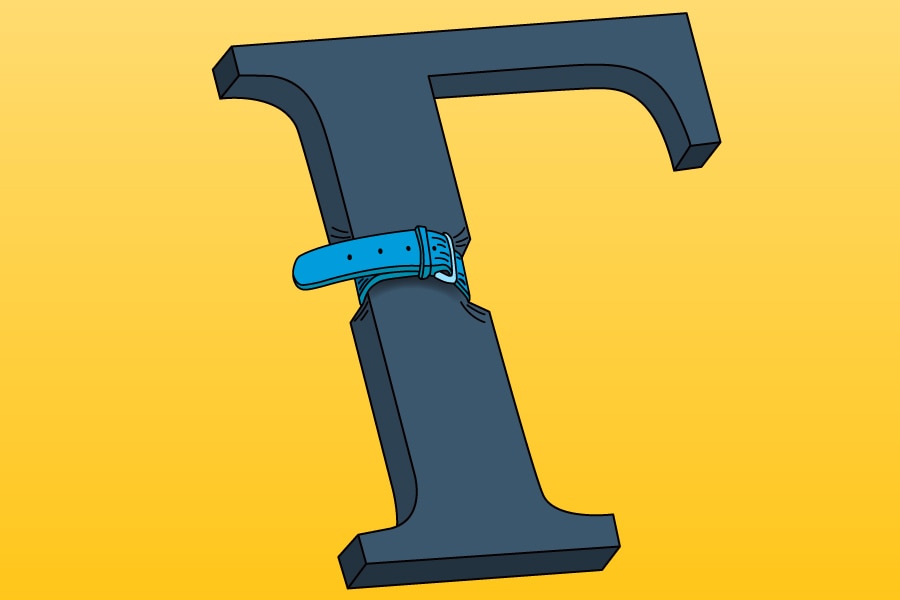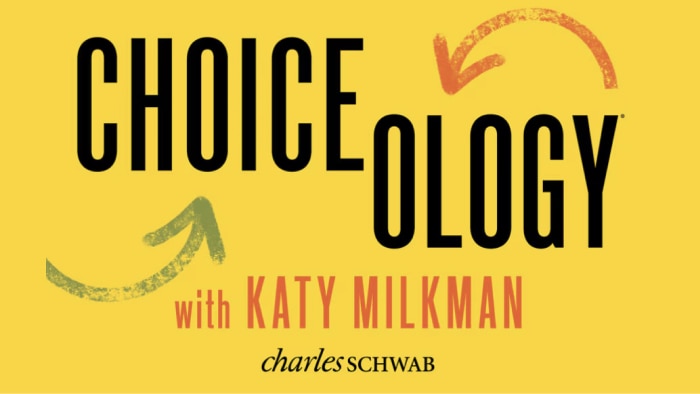Your U.S. Investing Education Center
Discover ways to identify, analyze, and act on U.S. investment opportunities with our timely insights and comprehensive educational resources.
Understanding the U.S. market
Learn how to find favorable trends in the U.S. market along with strategies for capitalizing on them.

Trading
Weekly Trader's Outlook

Futures
Looking to the Futures

Markets and Economy
Rate Cuts Won't Ensure Yield Ebb

International
There Is No AI Without Energy
Investing & trading
Whether new to U.S. markets or experienced, find ways to take your investing and trading knowledge to the next level.

Options
What Is a Gamma Squeeze?

Fundamental Analysis
Should Bad News Spur Trades?

Options
Long Call vs. Bull Call Spread

Technical Analysis
How to Use Technical Analysis
Portfolio management
Learn about the various roles U.S. securities can play in your portfolio.

Options
Introducing the Wheel Strategy

Markets and Economy
Moves for a Bad Market

Investments
Capital Market Expectations

Risk
Assessing Your Risk Tolerance
Start investing in the U.S. market today.
Have more questions? We're here to help.
Call
Phone: +65 6021 8070
Singapore support:
Monday – Friday, 9:00 am to 5:30 pm (SGT)
U.S. support:
24x5 Customer Service
Monday 1:00 am to Saturday 1:00 am (U.S. EST)
Visit us
Charles Schwab SG Pte. Ltd.
8 Marina View
#12-01 Asia Square Tower 1
Singapore 018960
Office hours
Monday – Friday, 9:00 am to 5:00 pm (SGT)


